The Ultimate Guide to Choosing the Right Cable Kits for Your DIY Projects
When embarking on DIY projects, selecting the right materials is crucial for ensuring success and functionality. Among these materials, cable kits play a pivotal role, as they provide the essential components needed for a wide range of electrical and connectivity tasks. Whether you're working on a simple home improvement project or a more complex electronic assembly, understanding the various types of cable kits available is key to achieving your desired results.

This guide will delve into the different types of cable kits tailored for specific applications, helping you navigate the options and make informed decisions. From basic kits suitable for household wiring to specialized kits designed for intricate technical projects, our ultimate guide will equip you with the knowledge required to choose the perfect cable kits for your next DIY endeavor.
Understanding Different Types of Cable Kits for DIY Projects
When embarking on DIY projects, understanding the various types of cable kits available can significantly enhance your efficiency and effectiveness. There are a wide range of cable kits suited for different applications, from electrical installations to audio setups. According to industry reports, using the right cable kit can improve connection reliability by up to 30%, minimizing signal loss and maximizing performance. For example, professional electricians often recommend using shielded cable kits for audio projects to reduce interference, while unshielded kits are more commonly used for general low-voltage applications.
Additionally, the material and gauge of the cables play a critical role in the selection process. Copper cables are typically favored for their superior conductivity and flexibility, which allows for easier handling during installations. As highlighted in recent testing, DIY enthusiasts have found that using high-quality connectors and properly insulated cables can reduce installation errors, making projects not only easier but also safer. As technology and standards continue to advance, selecting the appropriate cable kit tailored to your specific DIY needs will ensure successful project outcomes.
Choosing the Right Materials: Cables, Connectors, and Accessories
When embarking on DIY projects that require cable kits, selecting the right materials is crucial for achieving optimal functionality and safety. The key components to focus on include cables, connectors, and accessories. When choosing cables, consider the gauge, insulation type, and flexibility based on the project's requirements. For high-power applications, thicker cables (lower gauge numbers) are recommended to prevent overheating, while more delicate tasks might benefit from thinner, more flexible options.
**Tips:** Always check the voltage and current ratings for the cables to ensure they meet your project's electrical requirements. It’s also wise to consider the environmental conditions where the cables will be used; for outdoor projects, opt for UV-resistant and waterproof materials.
Connectors are equally important, as they establish the link between different components in your project. Look for connectors that provide a secure fit and are compatible with your chosen cables. Quick-connect or soldered options may vary in reliability, so choose based on how often you'll need to assemble and disassemble the setup.
**Tips:** Invest in connectors that are rated for the current and voltage you’ll be using, and don’t underestimate the importance of properly crimping or soldering connections for long-lasting performance. Accessories such as heat shrink tubing or cable organizers can further enhance the durability and neatness of your installations.

Essential Tools for Assembling Your DIY Cable Kits
When assembling your DIY cable kits, the selection of essential tools can significantly impact the quality and efficiency of your project. According to a report by MarketsandMarkets, the global market for DIY tools is expected to reach $15.2 billion by 2025, indicating a growing interest in personal projects. Key tools that should be part of your toolkit include wire strippers, crimping tools, and soldering irons. The right wire strippers will ensure clean cuts without damaging the wire, while quality crimping tools provide proper connections for durability. A trusted soldering iron allows for secure solder joints, vital for long-lasting electrical connections.
Additionally, investing in proper safety gear cannot be overlooked. According to the Occupational Safety and Health Administration (OSHA), nearly 2.8 million nonfatal workplace injuries occur annually, a portion of which can be attributed to improper safety measures in DIY projects. Protective eyewear and gloves are essential for preventing injuries from sharp wires or hot solder. Furthermore, using organized storage solutions for your cable and tools not only increases efficiency but also minimizes the risk of accidents. By prioritizing the right tools and safety equipment, you will enhance your DIY experience and achieve professional-grade results in your cable projects.
Common Mistakes to Avoid When Selecting Cable Kits
When selecting cable kits for DIY projects, it's essential to avoid several common mistakes that can derail your efforts. One frequent error is failing to assess the specific requirements of your project. Each DIY task has unique demands regarding wire gauge, length, and type. Ensure you have a clear understanding of the electrical load and the environment in which the cables will be used to choose the right materials.
Another mistake is overlooking compatibility. Many enthusiasts may hastily purchase cable kits without verifying that they are compatible with the connectors and fixtures they intend to use. This mismatch can lead to performance issues, safety hazards, or additional costs from needing to purchase adapters or replacements. Always verify the specifications and ensure that all components in your project will work seamlessly together to avoid unnecessary setbacks. By paying attention to these details, you can improve the success rate of your DIY cable projects significantly.
Tips for Maintaining and Testing Your Cable Kits for Longevity
Maintaining your cable kits is essential for ensuring their longevity and optimal performance in DIY projects. Regularly inspect your cables for any signs of wear, such as frayed ends or exposed wiring. Keeping your cables neatly coiled when not in use can prevent kinking and tangling, which often lead to damage. Additionally, storing them in a cool, dry place away from direct sunlight will help protect the insulation from deterioration, ultimately extending the life of your cable kits.
Testing your cable kits periodically is a crucial step in maintenance. Use a multimeter to check for continuity and ensure that there is no electrical resistance that could hinder performance. It may also be helpful to perform visual checks, looking for any discoloration or physical damage to connectors and insulation. Keeping a record of your tests can help you track the condition of your cables over time, allowing you to replace or repair them before they fail. By adhering to these simple maintenance and testing tips, you can maximize the lifespan and reliability of your cable kits.
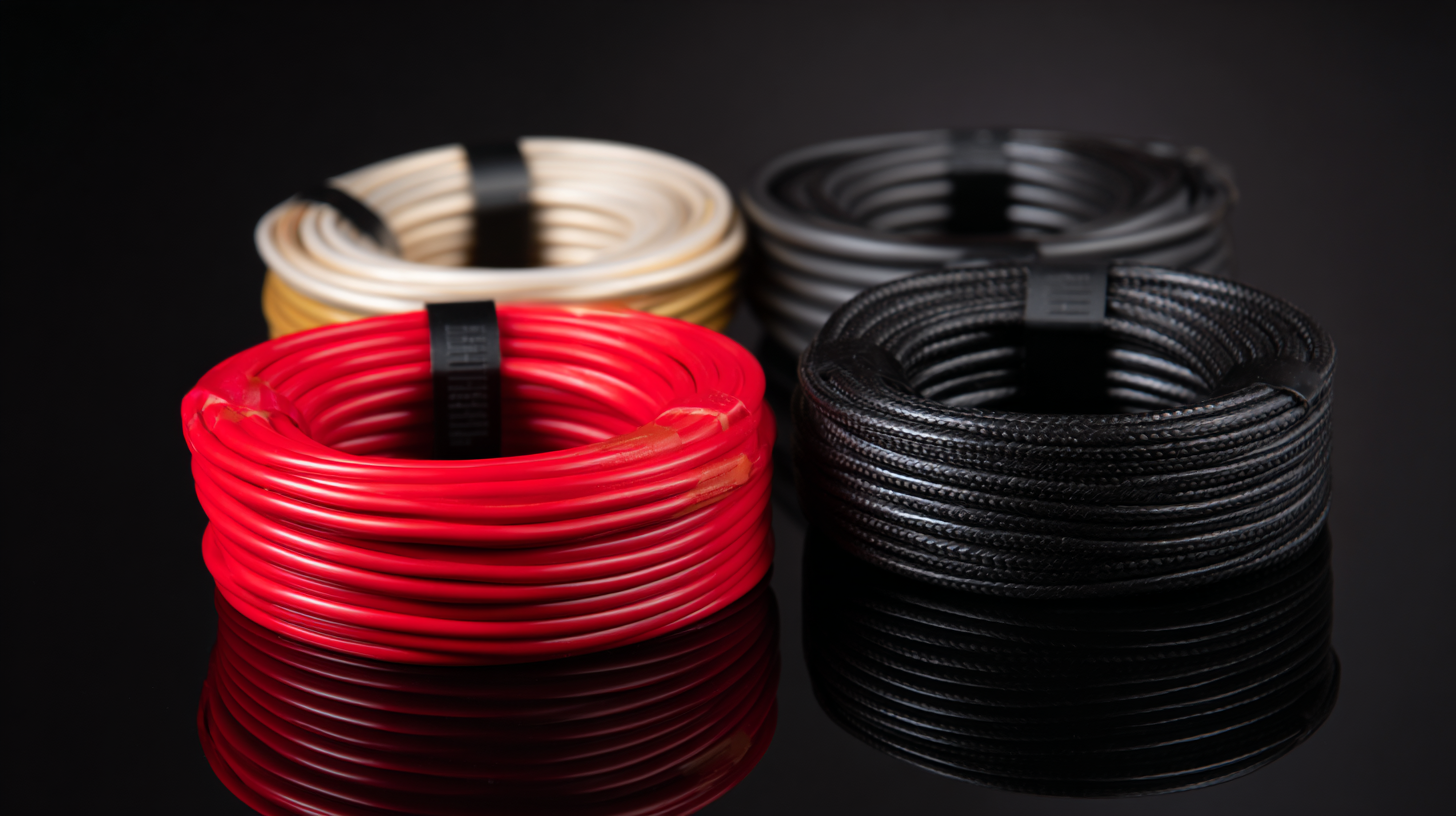
Related Posts
-
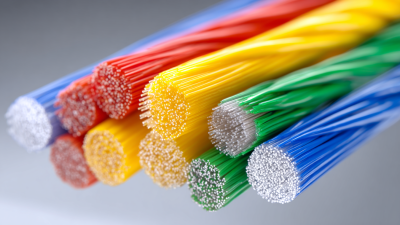
How to Choose Between Cable and Fiber for Your Home Internet Needs
-
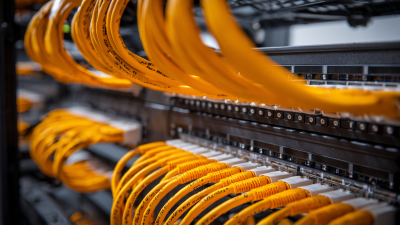
Maximize Efficiency: The Top 7 Cable Management Tools to Enhance Workstation Productivity by 30%
-
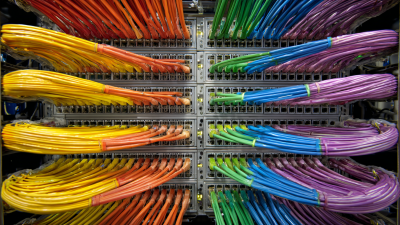
How to Choose the Right Fiber Patch for Your Networking Needs
-

How to Optimize Your Workspace with Efficient Fiber Optic Cable Management Solutions
-

Understanding the Benefits of Fiber Optic Ethernet Cable for Modern Networking Needs
-
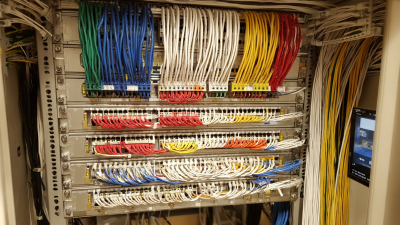
What is the Purpose of Fiber Termination Kits in Network Setup

